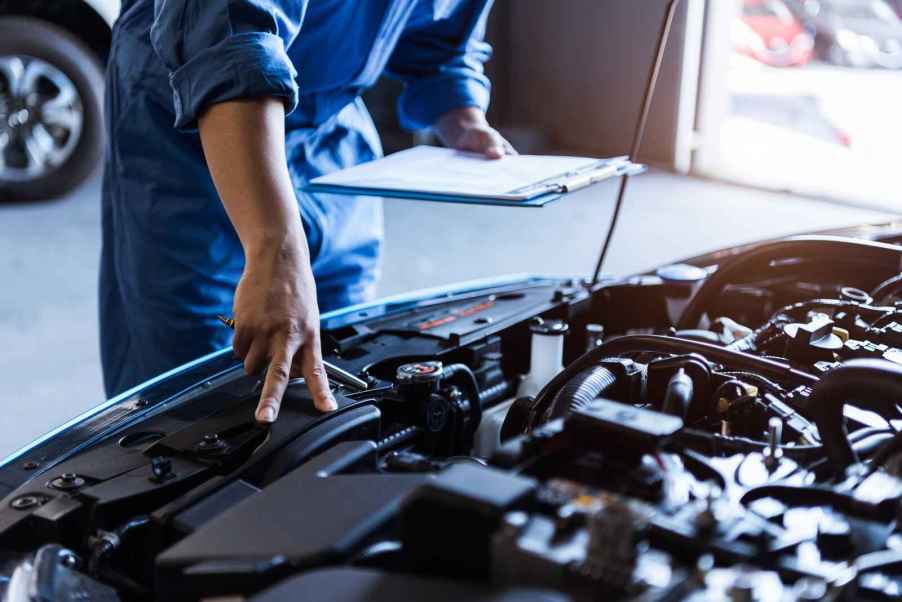
What is a vacuum leak in a car?
For many years, I wrote service at a shop full-time here in the Midwest. If there was a vehicle malfunction I’d say most drivers had never heard of, a vacuum leak is definitely up there. Allow me to quickly introduce them and share what to expect if your car has one.
What is a vacuum leak in a car?
In a four-stroke internal combustion engine, control is key. Mainly, these engines must maintain control over four key elements: air, fuel, spark, and compression. In a nutshell, mess with one or more of these critical aspects, and you’ll gain an unwanted engine performance problem.
A vacuum leak involves the controlled air system. Because the system is pressurized and “void” of other substances, we call any unwanted openings vacuum leaks.
Outside air is carefully metered into each cylinder at the precise time – and in the precise quantity – needed to properly mix with fuel to earn ideal cylinder ignition. A series of gaskets, seals, hoses, and electrical parts called solenoids help control airflow into the engine.
Technical jargon aside, engine air must be delivered “just so” to run the whole ship properly. If any of these components malfunction, we’ve got a problem. Often, the problem is a leak.
How do you diagnose a vacuum leak?
Typically, a vacuum leak causes a performance issue. This could lead to anything from an illuminated “check engine” warning light without obvious symptoms to serious driveability issues like stalling or even a no-start condition.
Techs typically scan the vehicle’s engine control unit (ECU) for helpful fault codes and then pop the hood to check for obvious leaks. Vacuum hoses are easy to inspect.
If nothing seems awry with top-position hoses, the mechanic can run a smoke test to make the vacuum leak obvious to the naked eye. In this test, a smoke machine gets hooked up to the system and runs a thick fog through it, exposing the leak.
How expensive is it to fix a vacuum leak?
You can expect to pay a shop for the diagnostic time and then whatever the fix is.
If it’s a “check engine” light scan, visual inspection, and bulk vacuum hose replacement, think a couple hundred bucks max.
Gaskets and sensors can easily cost more, either due to their location or depending on how “fancy” the part is. Gaskets are cheap, but it might take time to get to them. Sensors and solenoids are typically easy to reach, but some aren’t anywhere near “free” from suppliers.
If the intake manifold is cracked and causing a leak, it’ll run several times what a leaking hose costs. Depending on the vehicle make and model, they can get expensive and you might cross into a $1000-plus repair estimate.
Overall, though, a vacuum leak – even a massive one – isn’t as catastrophic as, say, internal engine component failure. If you end up with one, the fix is usually “annoying but manageable.” If it doesn’t seem that way, do your research, maybe get a second opinion, and confirm your car’s overall condition. You might not be in good hands or this might not be the best vehicle for you.



